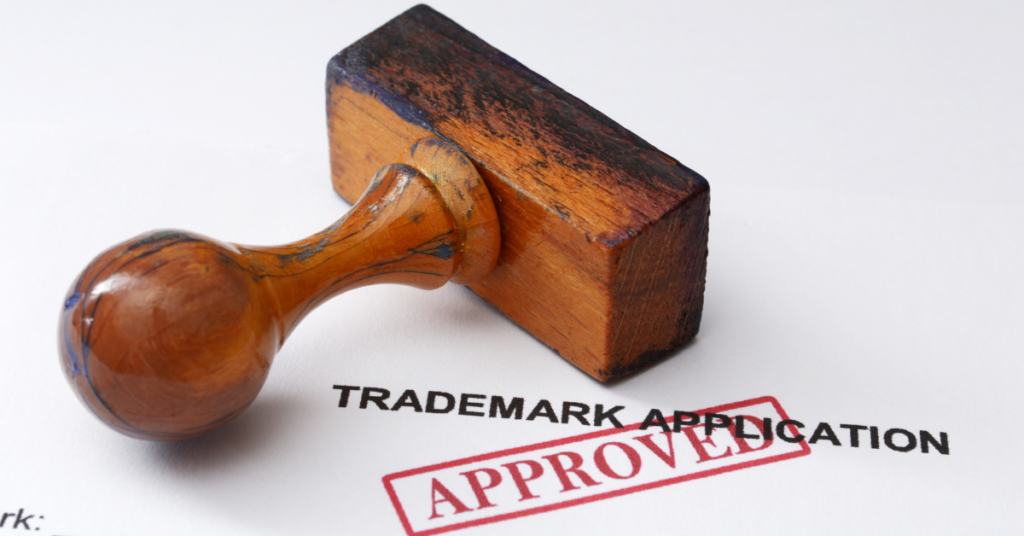The United States Patent and Trademark Office (USPTO) announced an updated trademark fee structure effective January 18, 2025. The adjustments aim to strengthen the U.S. trademark system and address emerging challenges.
This change ensures the USPTO has sufficient funding for its operations. It also aligns with the agency’s 2022–2026 Strategic Plan, which focuses on innovation, inclusive capitalism, and global competitiveness.
The new fee structure supports several vital goals. First, it ensures faster and more accurate trademark examinations, which will help applicants secure reliable trademark rights both domestically and internationally.
The updated fees also address issues with unused trademarks. Clearing the register creates more opportunities for new applicants and ensures that only active trademarks remain on record.
Fraud prevention is another critical focus. The USPTO plans to implement more robust measures to identify and stop fraudulent filings, which will help protect legitimate trademark owners from potential harm.
Technology upgrades will also receive funding. Reliable IT infrastructure is vital for the USPTO’s operations. It enables secure, efficient, and user-friendly systems for all stakeholders.
Reducing application processing times is also a priority. Trademark pendency has long been a concern for stakeholders. These updates aim to streamline the process, benefiting applicants and examiners alike.
Public feedback played a significant role in shaping the final rule. The process began with a public hearing in June 2023, hosted by the Trademark Public Advisory Committee (TPAC). The hearing gathered diverse opinions from stakeholders.
Following the hearing, TPAC released a detailed report. The report summarized public comments and provided recommendations for the USPTO to consider. Stakeholders raised issues ranging from fee fairness to service improvements.
In March 2024, the USPTO issued a Notice of Proposed Rulemaking. It allowed the public to review and comment on the proposed fees. The final rule includes responses to these comments and integrates stakeholder suggestions.
The Secretary of Commerce for Intellectual Property, Kathi Vidal, praised the collaborative effort. She emphasized that the new fees reflect thoughtful and constructive feedback and that the changes will improve services and protect trademark owners.
The updated fees will provide multiple benefits for entrepreneurs and businesses. Reliable funding ensures the USPTO can handle growing application volumes. It also supports initiatives to combat fraud and modernize systems.
Fraudulent activities have become a growing threat to trademark owners. Fake filings and misuse of the system create significant challenges. The USPTO’s enhanced measures will deter these bad actors and protect legitimate stakeholders.
Unused trademarks on the register create another problem. These registrations clog the system and reduce available options for new applicants. The USPTO’s efforts will remove inactive marks and improve the system’s integrity.
Technology is a cornerstone of the agency’s modernization efforts. Updated IT systems will provide better support for applicants and examiners. Improved tools will also ensure smoother processes and more secure filings.
The fee adjustments will also help address delays in trademark processing. Faster reviews mean quicker access to the marketplace for businesses. It’s a win for both applicants and consumers seeking clarity on trademarks.

The changes may slightly increase trademark owners’ costs. However, the benefits of reduced pendency and fraud protection outweigh the expense. A more efficient system ultimately saves time and money.
In the coming months, stakeholders can expect additional guidance on the fee structure. The USPTO will also provide resources to help applicants navigate the transition.
These changes arrive at a crucial time for the U.S. trademark system. The volume of applications continues to grow, straining existing resources. Fraud and outdated systems only add to the challenge.
The updated fees allow the USPTO to meet these demands head-on. The agency can invest in solutions that keep the system robust and trustworthy, ensuring the U.S. trademark system remains a global leader.
Small businesses and entrepreneurs, in particular, stand to benefit. A more reliable system gives them confidence to protect their brands and helps them compete in a crowded marketplace.
The broader economy benefits as well. Intellectual property drives innovation and economic growth. The USPTO supports these larger goals by strengthening the trademark system.
Looking ahead, applicants should stay informed about the new fee schedule. Early preparation will help businesses adjust to the changes. Consulting a trademark professional can also ensure a seamless transition.
The USPTO continues to engage with stakeholders to improve its services. It remains committed to protecting intellectual property rights. These updates mark a step forward in that ongoing mission.
With these changes, the USPTO aims to enhance efficiency and fairness. Stakeholders will experience a more streamlined, reliable system. The adjustments position the agency to address current and future challenges effectively.
For more details, the USPTO will release additional updates before January 2025. Applicants can also visit the agency’s website for further information. Staying proactive will help trademark owners navigate these crucial changes successfully.
